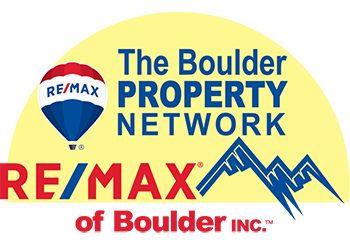
Real Estate Exchanges have been the main stay of building real estate portfolios for years. The main reason for the popularity of Exchanges is it allows you to trade one real estate investment for another, while deferring taxes on that transaction. This enables a more rapid increase in portfolio size, since more equity can be applied to the next property, instead of going to taxes. A Forward Exchange is commonly referred to as a 1031 Exchange, which relates to Section 1031 of the IRS tax code which outlines the parameters to correctly create the Exchange. Section 1031 applies only to property held for investment, not your owner-occupied single-family home. In a Forward Exchange, when an investor (tax payer) sells a property, they have 45 days to identify potential replacement properties and 180 days to make sure a closing occurs on replacement property.
Some advance planning is necessary if you are hoping to do a 1031 Exchange. Typically, what happens is an investor puts a property on the market that has had a substantial valuation increase. A key part of the exchange is not getting your hands on the money from the sale of the old property. In order to that, the investor hires an Exchange Intermediary, that will hold the money until the replacement property is found. Then, once the old property closes, and the proceeds are available, the investor needs to meet the 45- and 180-day requirements as described above.
Our recent “hot market” made it difficult for some investors trying to create a 1031 Exchange. Often, sellers of the possible replacement property weren’t interested in looking at a 1031 offer unless the old property had already closed and the investor had the cash ready to go. In a low inventory market, the risk to the investor doing the 1031 exchange, was that there may not be a suitable replacement property to be found before the 45 days were over.
This is where the Reverse Exchange can be a useful tool for the investor. However, there is some good news and bad news.
In a Reverse Exchange, the investor has 45 days to identify the property that the investor will sell, from the date the new property is acquired and 180 days to close on the identified old property. Sounds simple, but here is the catch. The new property must actually be acquired by the Exchange Intermediary initially. In order to do that, the investor must hire the intermediary, pay the fee, which is higher that a forward exchange fee, AND provide cash to fund the purchase of the new property. This whole process allows the investor the time in the market place, for something to come available that meets the investor’s criteria. This is as opposed to buying something they didn’t want, because the investor was down to the 45th day of the identification period. The risk in a reverse exchange, for the investor, is that the old property fails to sell. In that case, the investor bought something without the benefit using the cash generated from the sale of the old property.
The property to be “relinquished” (the Relinquished Property) must
taking title by the exchange accommodation titleholder.
